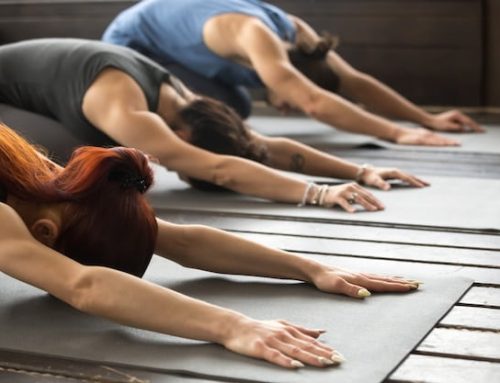The Importance of Stretching: Which of the 4 Types is Not Recommended?
Stretching is an essential component of any fitness routine, whether you’re looking to improve your flexibility, increase your range of motion, or prevent injuries. However, with so many different types of stretching available, it can be challenging to know which one to choose. In this article, we will discuss the four types of stretching and which one is not recommended.
The Four Types of Stretching
There are four main types of stretching, including dynamic stretching, static stretching, ballistic stretching, and proprioceptive neuromuscular facilitation (PNF) stretching.
Dynamic stretching involves repetitive movements that help to increase the range of motion of a joint gradually. This type of stretching is often used as a warm-up before exercise to prepare the body for physical activity.
Static stretching involves holding a stretch in a comfortable position for 15-30 seconds. This type of stretching is effective for improving flexibility and range of motion but should be done after physical activity when the muscles are warmed up.
Ballistic stretching involves bouncing motions to increase flexibility, such as bouncing up and down while touching toes. This type of stretching is not recommended as it can cause injury, particularly if not done correctly.
PNF stretching involves a series of stretches and contractions that help to increase flexibility and range of motion. This type of stretching is often used in rehabilitation settings and is not recommended for people who are new to stretching.
Why Ballistic Stretching is Not Recommended
While all types of stretching have benefits, ballistic stretching is not recommended due to the risk of injury. This type of stretching involves bouncing movements that can cause muscles to stretch beyond their limits, leading to strains or tears.
The problem with ballistic stretching is that it can cause the muscle to be stretched too quickly, leading to an increased risk of injury. Additionally, the bouncing motion of this type of stretching can also cause the muscle to contract suddenly, leading to additional strain on the muscle.
For these reasons, it is recommended that individuals avoid ballistic stretching and instead focus on static and dynamic stretching. Dynamic stretching can be an effective warm-up before exercise, while static stretching can be done after physical activity when the muscles are warmed up.
Tips for Safe Stretching
No matter what type of stretching you choose, it is essential to follow safe stretching techniques to prevent injury. Here are some tips to help ensure that you are stretching safely:
- Start slowly and gradually increase the intensity of your stretches over time.
- Hold each stretch for 15-30 seconds and avoid bouncing.
- Breathe deeply and evenly throughout each stretch.
- Focus on stretching all major muscle groups, including the hamstrings, calves, quads, and back.
- Never stretch to the point of pain and don’t force your body beyond its limits.
- Use proper form and technique for each stretch.
Conclusion
In conclusion, stretching is an essential component of any fitness routine, but it is important to choose the right type of stretching to avoid injury. Ballistic stretching is not recommended due to the risk of injury, and individuals should instead focus on dynamic and static stretching for better results. Remember to follow safe stretching techniques, start slowly, and gradually increase the intensity of your stretches over time. With these tips, you can improve your flexibility, increase your range of motion, and prevent injuries.






